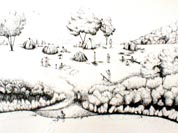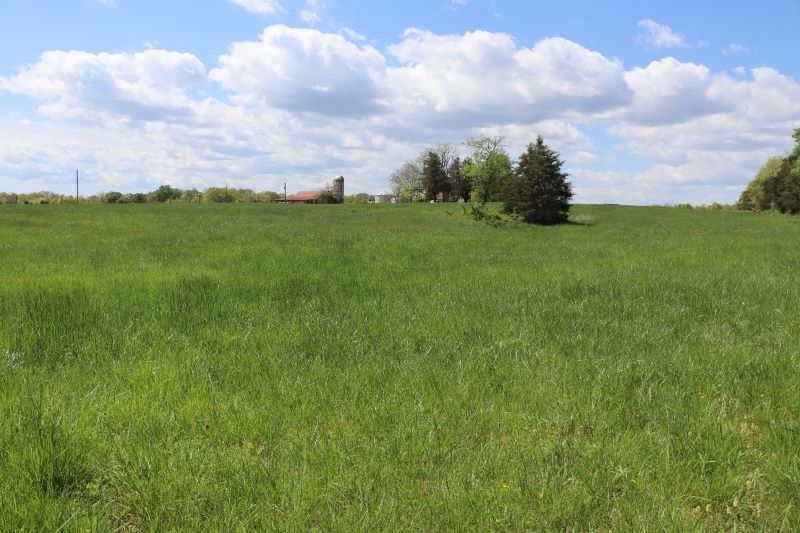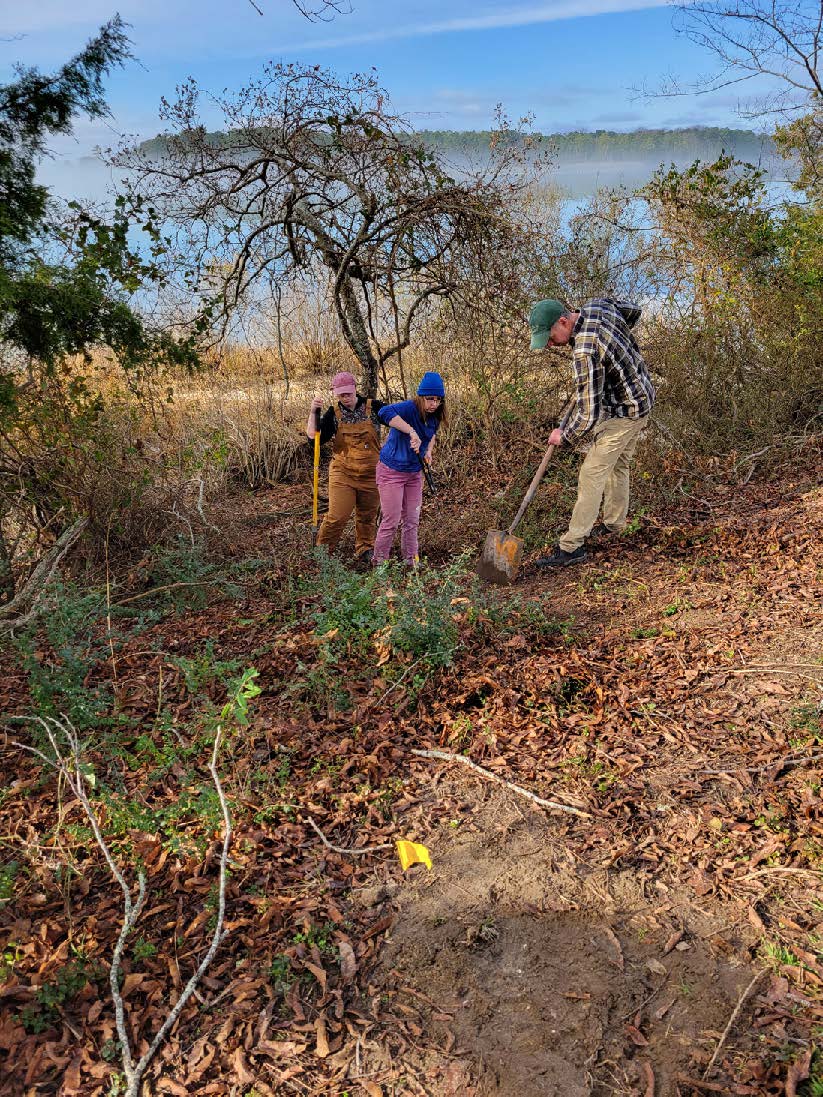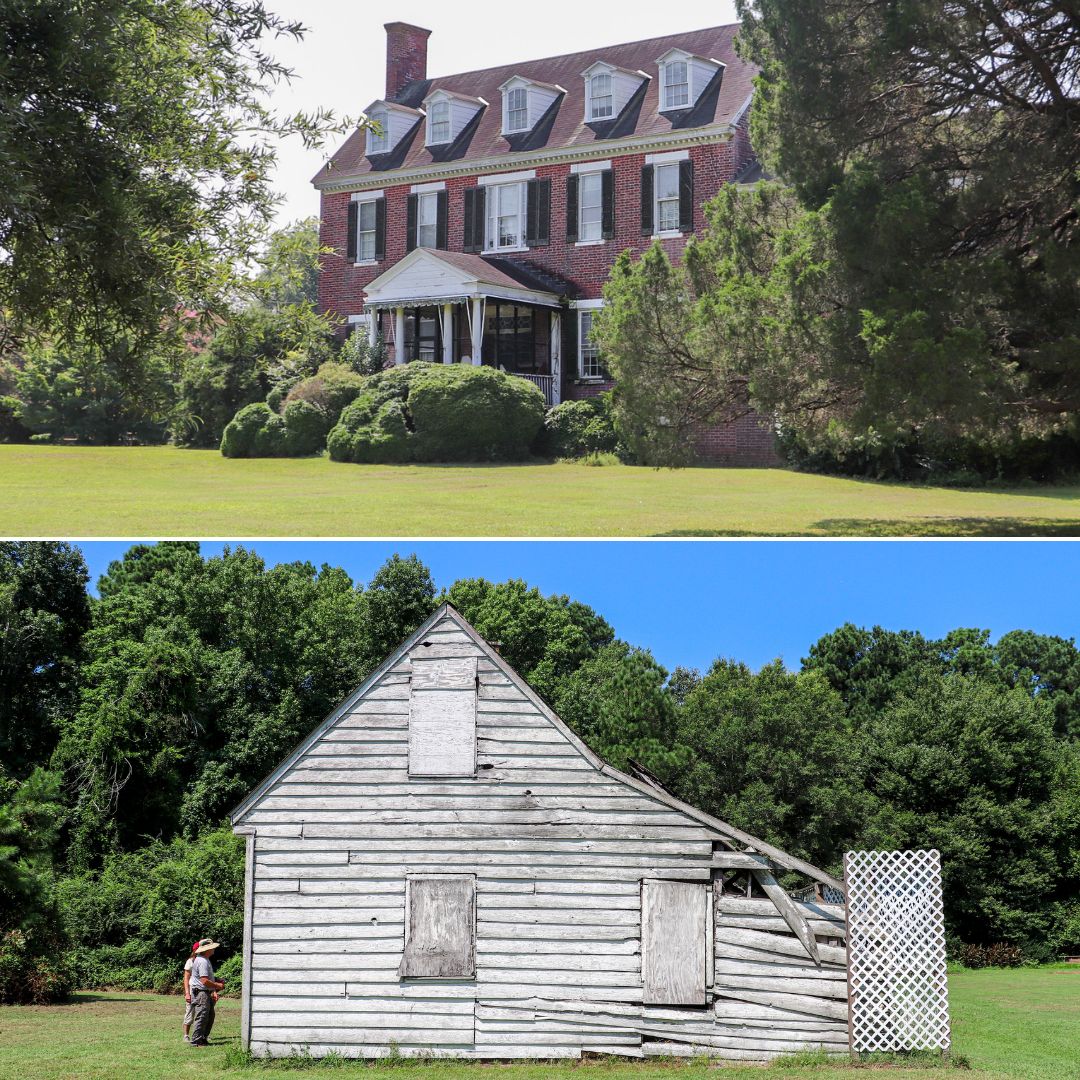Early Archaic 8,000–6,000 B.C.
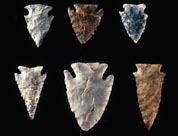
 .
.Projectile points crafted by people of the Early Archaic.
The term Archaic, meaning old, signals a series of new adaptations by the early people that occurred between 8000 and 1200 B.C. As the cold, moist climate of the Pleistocene Age changed to a warmer, drier one, the warming winds melted the glaciers to the north and warmed the ocean water. The sea level rose, spreading water across the Coastal Plain of Virginia and creating the Chesapeake Bay. Many of the places where early humans lived were eroded and covered by the rising water. Grassland and open forests of conifers gave way to thick forests of pine, oak, and hickory. As the flora changed, the mastodon, the last of the large Pleistocene animals, became extinct and other animals such as bison, caribou, and moose moved away. People now hunted widely the abundant deer, elk, bear, turkey, and small game such as rabbit and fox. As the vegetation became profuse, they gathered more plant foods such as fruit, acorns, and hickory nuts.
The people of the Archaic period began to vary the size and shape of their lithic (stone) points. Stone spear points, knives, scrapers, gravers, and drills were still used; however, the hunter-gatherers fashioned them differently, with side or corner notches. Notching tells us how the points were attached to the spear or knife handle.
In general, the Early Archaic population grew, nurtured by a more inviting environment. Families lived in larger bands and remained mobile, but within a more limited fertile area.
